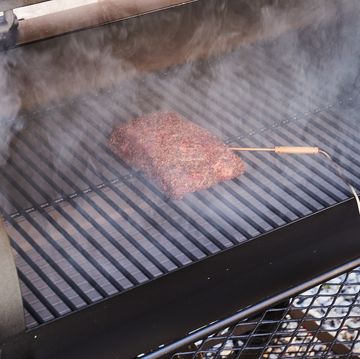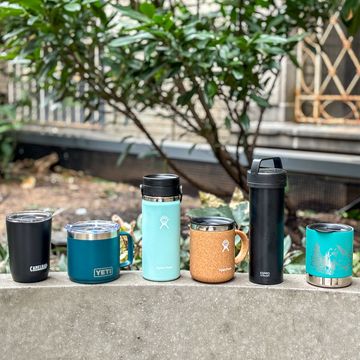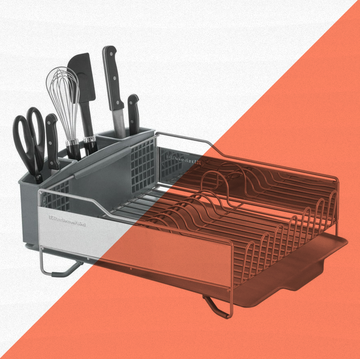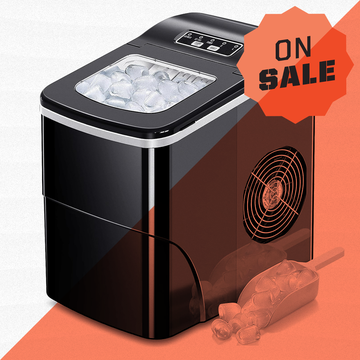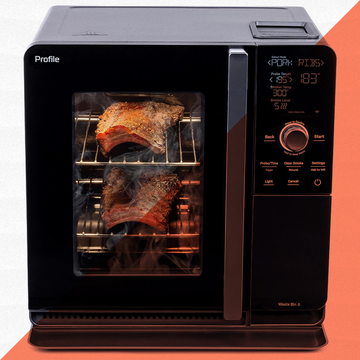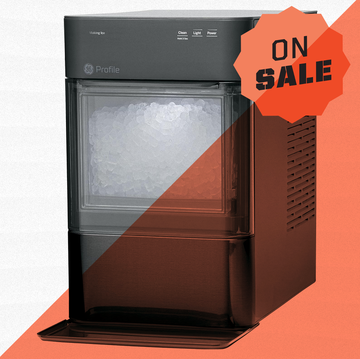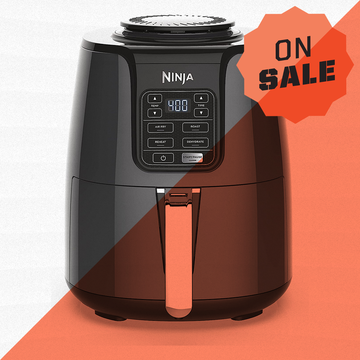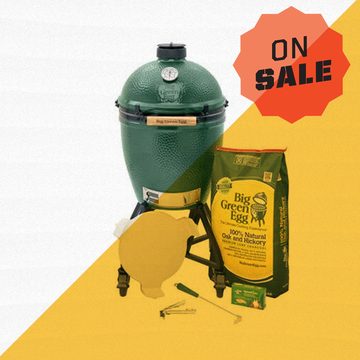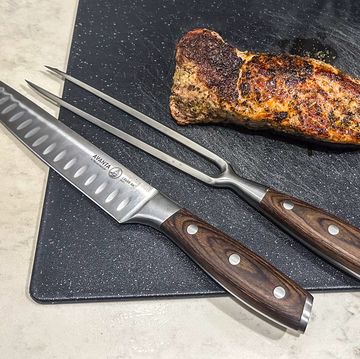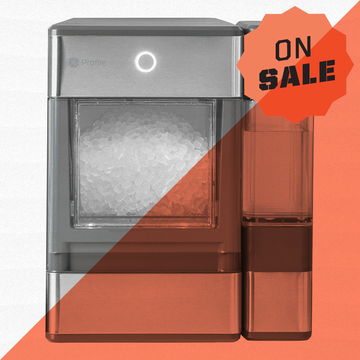Marshall Schott is an avid homebrewer and head writer behind the popular Brülosophy experimentation website. Dubbed the 'MythBusters of Homebrew', Schott and his crew of brewers put the many practices behind homebrewing to the test, often with surprising results that challenge traditional convention. Schott talked to PM about his so-called 'exBEERiments'and his most surprising findings.
PM: Why do you do weird experiments with homebrewing?
MS: When I started homebrewing more than a decade ago, I got the inkling that a lot of what amateur homebrewers were told is "proper" procedure was either wrong, meant for commercial brewers, or was simply outdated. I'm a pretty curious guy, and am also a firm believer in testing things out for oneself, so that's exactly what I started to do: taking conventional wisdom and putting it through the rigors of my own sloppy citizen science. I only started journaling the 'exBEERiment' series on my site last year at the encouragement of those who shared my nerdy curiosity with me and wanted to read about what I had found.
My impetus has never really been to prove any of the homebrewers that came before me wrong. Just experiment and see what I'd find. Honestly, I never expected that in most of our exBEERiments (37 out of 40) we'd find that our beer tasters couldn't tell the difference when we had fiddled with some variable, even if it was considered crucially important by many homebrewers.
How exactly do you do 'sloppy citizen science' with beer?
Oh man, there are so many different things in homebrewing you can experiment on. I like to break it down into three main categories: ingredients, equipment, and process.
Experimenting with ingredients is pretty straightforward. For example, brewers use a ton of different yeasts and specialty-kilned grains for various recipes, so you can easily do comparisons. But there are also some less obvious avenues to pursue. Consider water chemistry, something a lot of homebrewers ignore completely. So far we've done two experiments on how exactly using minerals and acids to manipulate your brewing water causes a difference in your final beer. Spoiler alert: It plays a huge role.
As for equipment, there's always been a lot of ideas about whether, or how, certain specialty tools can effect a beer's final flavor, aroma, clarity, or mouthfeel.
But for the most part, our exBEERiment series has been focused on the third category—process experiments. If you've never brewed beer, I can see how that could come off as a bit esoteric, but consider this: Over the incredibly long history of beer brewing, people have come up with a countless number of different paths that can essentially lead you to crafting similar beers. We want to know how they stack up. We're pretty fond of comparing conventional processes with more modern ideas. For example, changing up the process of extracting the sweet, sugary liquid (called wort) from your grains, or modulating the important temperatures your beer is at during specific points in the brewing process.
What's been your most surprising find?
We've done 40 experiments so far, but the most surprising has to be the last one we did. Your readers are probably aware that there's pretty much two main styles of beer: lager and ale. Simply put, ales are brewed with yeast that need warmer temperatures, and lagers are brewed with a yeast that need cooler temperatures to make tasty beer... at least that's the theory.
We asked, what if we brewed a traditional pale lager (a Bohemian pilsner) but fermented it at warmer, ale-level temperatures? Would we be able to tell the difference? I'm sure almost every professional brewer would tell you 'yes, of course'—the theory being that the warmer fermentation temperature will imbue a lager with fruitier, spicier, but unappetizing off-flavors. So we tested whether that was true or not. We brewed a batch of beer, split it up into two fermentation vessels, and fermented one at 50 degrees (lager temperature) and the other at 66 degrees (ale temperature).
We then had 39 tasters at the National Homebrewers Conference in San Diego compare the two pilsners using a method called the triangle test. Basically, you have three unmarked cups filled with the two beers (so two of the cups have the same beer), and ask your taster to tell you which one is different. Keep in mind, 19 of our tasters were BJCP certified judges, 9 were provisional judges awaiting their scores to become certified, and the rest were homebrewers and devout beer aficionados. We let them taste the beer, and only 13 could tell the difference! That is just mind-blowing to me. I mean, keep in mind this is only one data point, certainly not enough to justify saying that 'the fermentation temperature doesn't matter at all, it'll all taste the same', but... wow. It really goes against everything homebrewers are taught, and I'm still not sure what to do with the information.
Are there experiments you'd like to do but can't with your DIY garage setup?
To be honest, my interest lies far more in the practical and pragmatic application of homebrewing practices, where the sloppy garage approach I've adopted seems to work pretty well. But the one thing I'd be interested in would be access to lab equipment that could tell me some of the exact differences (like in bitterness, for example) between the beers we are experimenting with. Right now, our only piece of lab equipment is the human tongue—which can tell you a lot, but not objectively.
If people want to start doing exBEERiments of their own, what should they keep in mind?
Any homebrewer with two fermentation vessels has the ability to run an experiment. It's as simple as evenly splitting your beer at some point, and doing something different to each half. Now, if you're focused on producing results that have at least some inkling of validity, I'd say the key is having a big enough panel of participants—using a blind tasting method like the triangle test—to evaluate your beers. From there, you can run a simple statistic (to determine the p-value of your experiment,) which'll give you some insight as to whether what you did actually had a statistically significant impact.
But the most important? It's cheesy, but its probably that you shouldn't forget to have fun with the whole process, and don't take yourself too seriously. Whether or not your experiment works out like you want, chances are you've still ended up with a batch of delicious beer. You could do worse!



